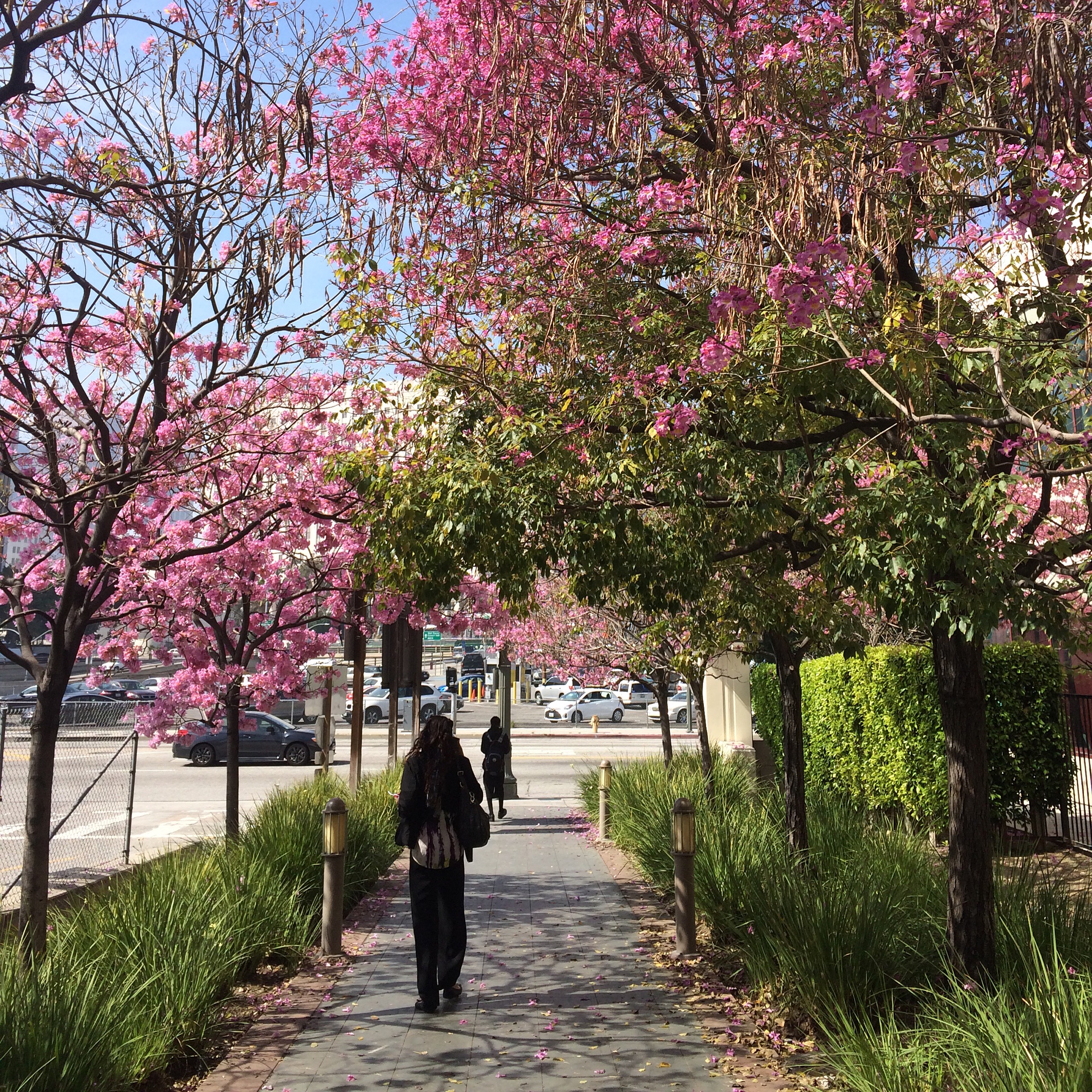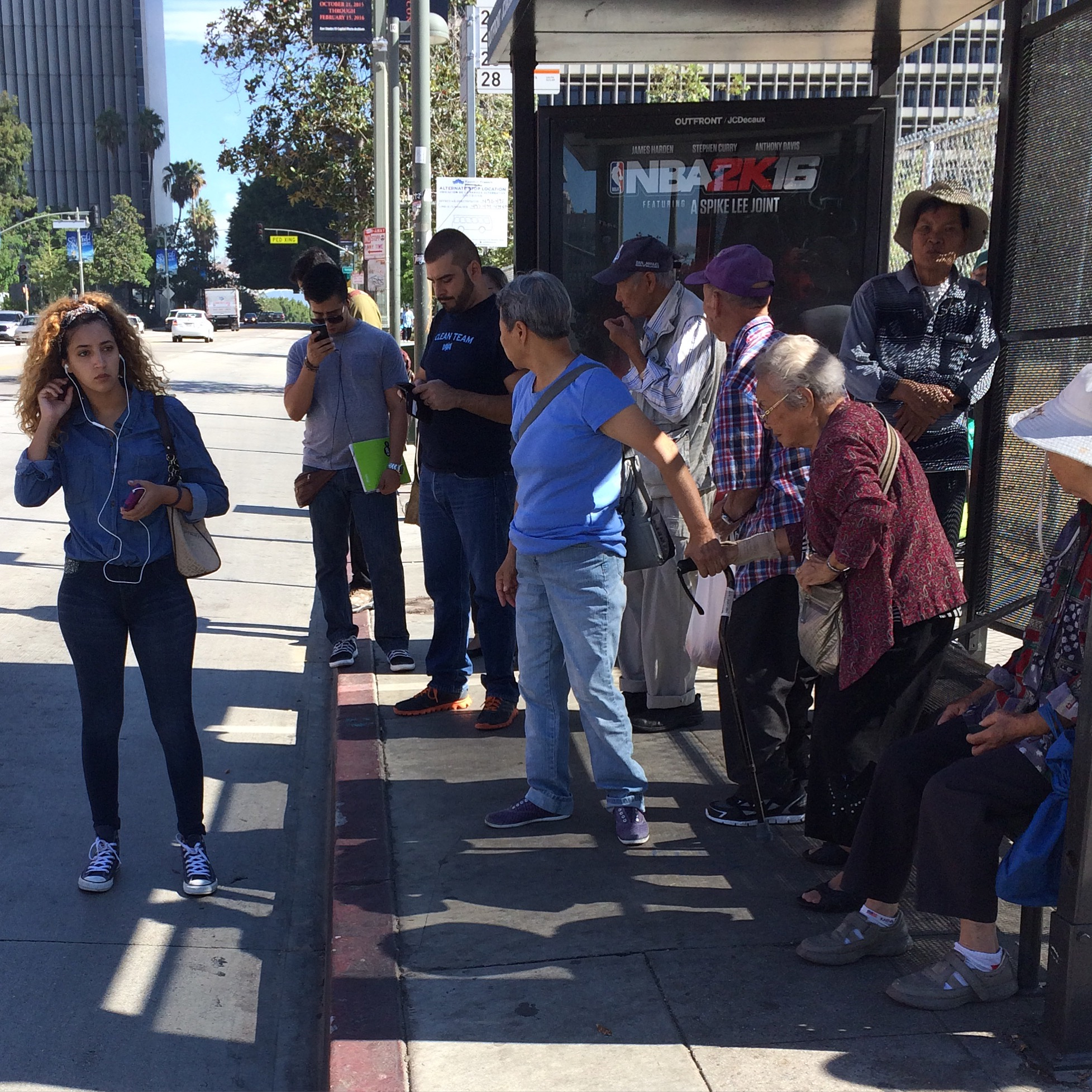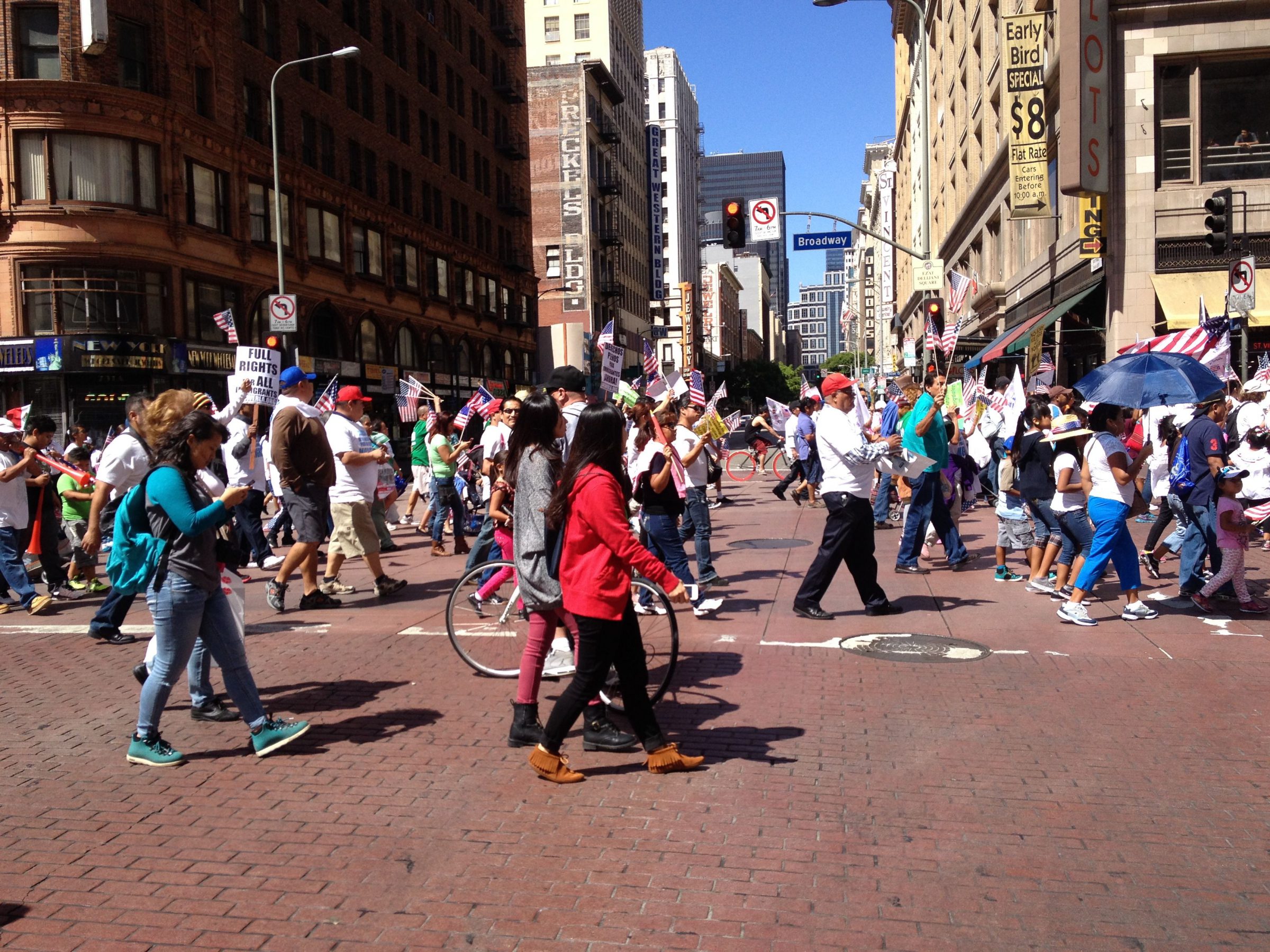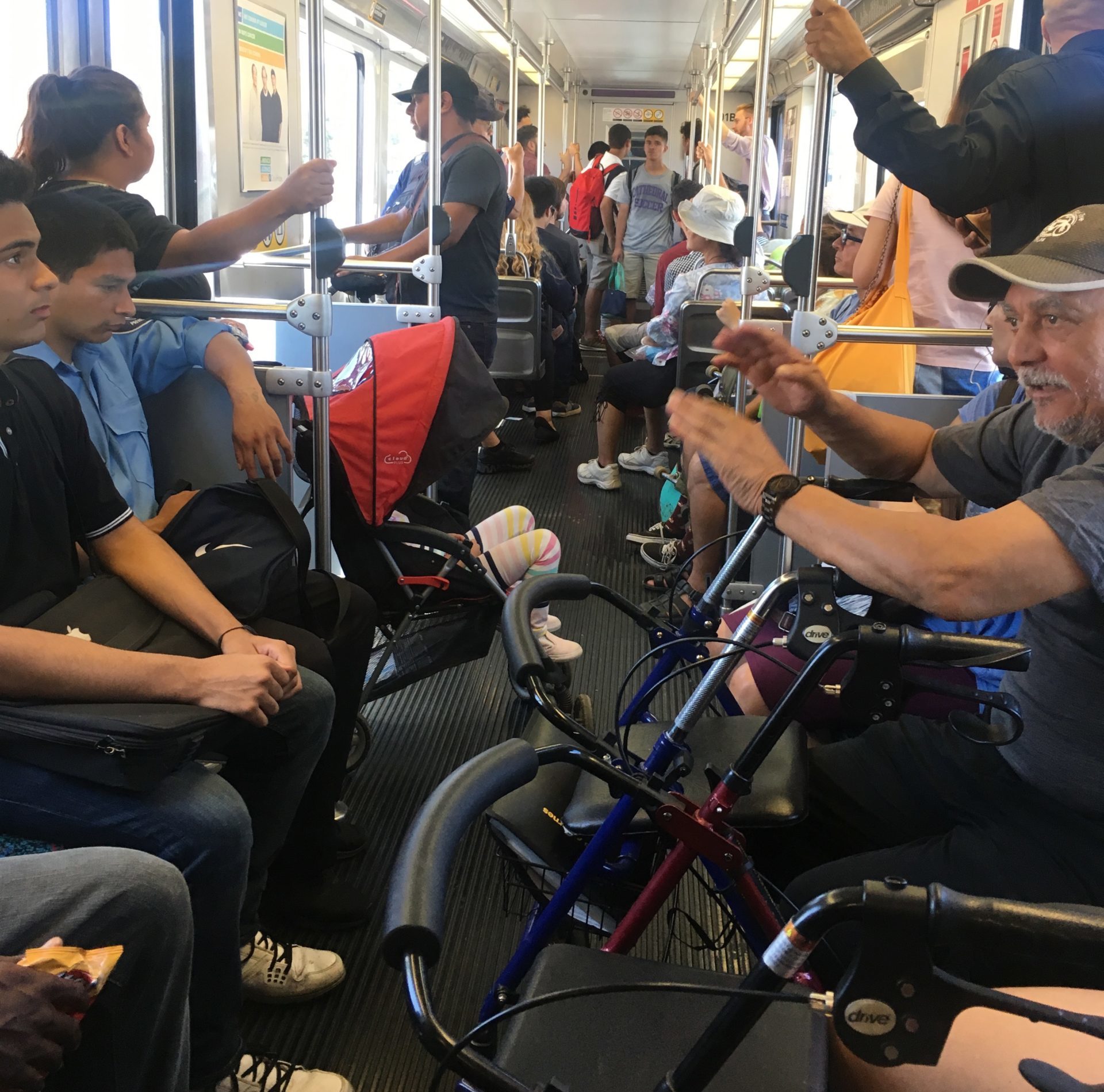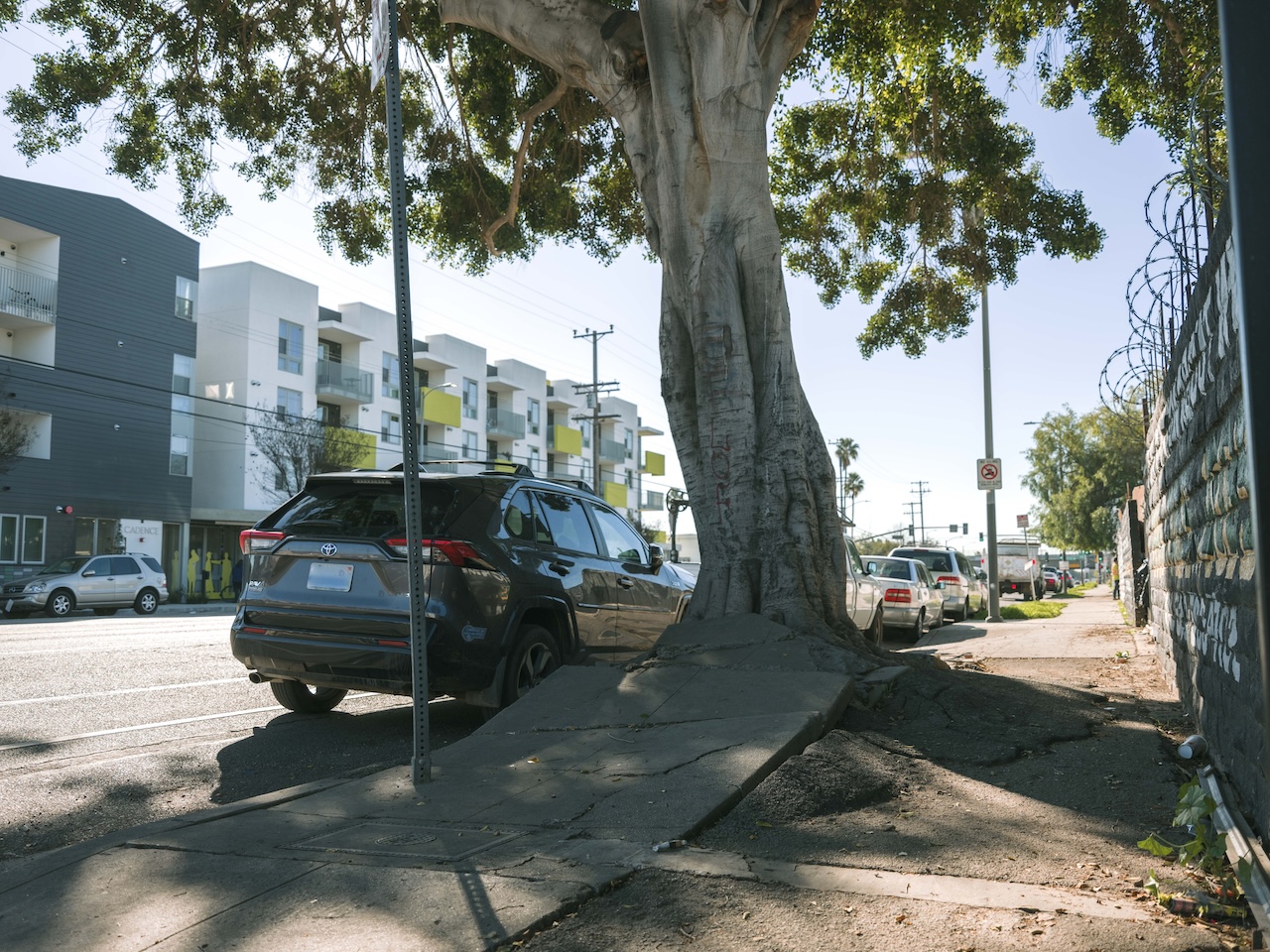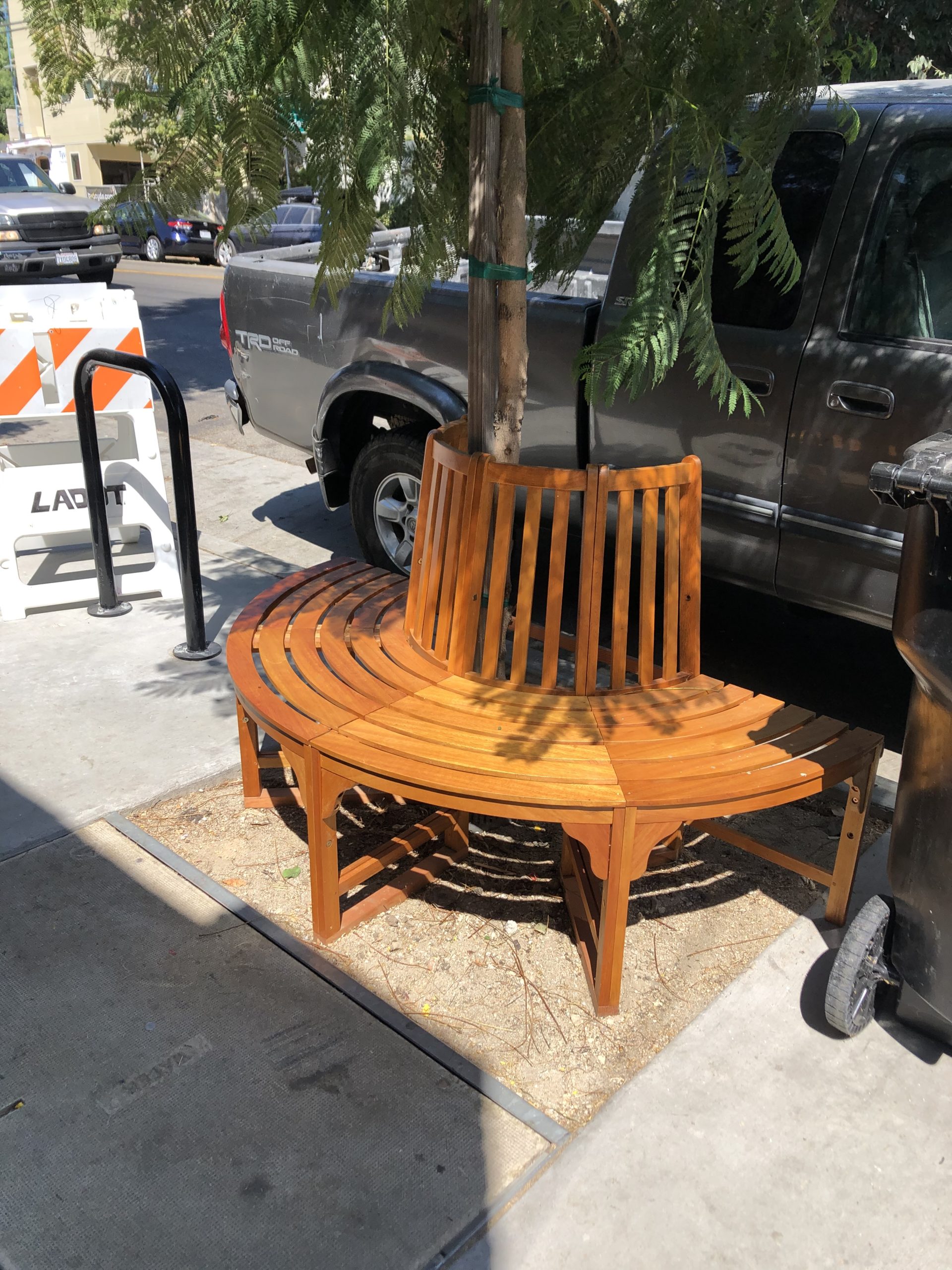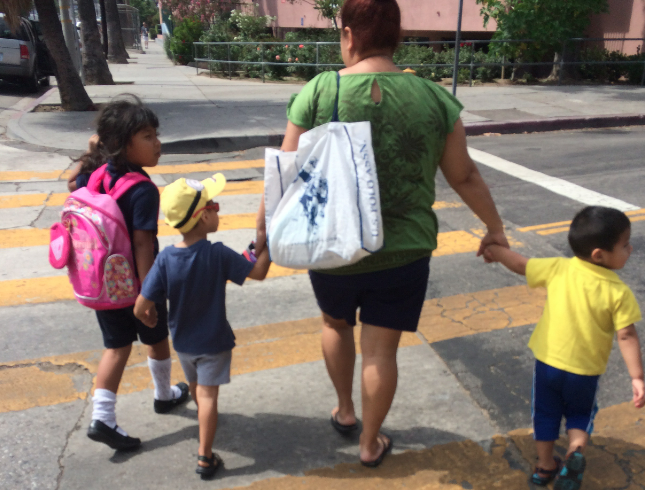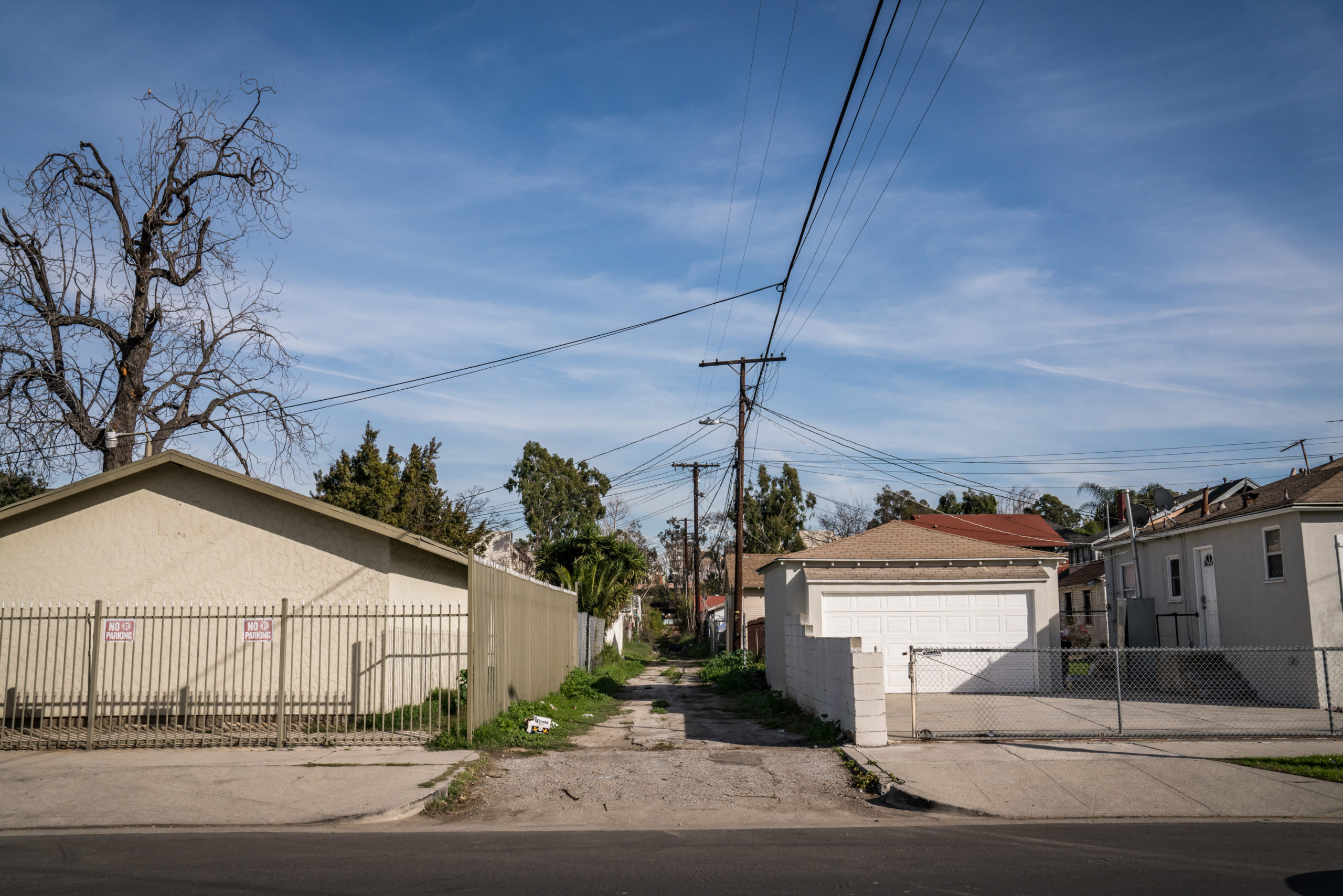In early January, Investing in Place was excited to see the installation of two new bus shelters in Council District 8, one on Western Avenue & Adams Boulevard, and the other on Vermont Avenue & Florence Avenue. These two community-identified locations will greatly assist the community by providing shelter from the weather as well as a place to sit for the bus, amenities that are desperately needed for a historically Black and transit-dependent area. We would like to personally thank SLATE-Z and Council District 8 for helping to get this project over the finish line. We also acknowledge that the process for getting bus shelters approved is more difficult than it should be, and it was challenging to get these two bus shelters approved.
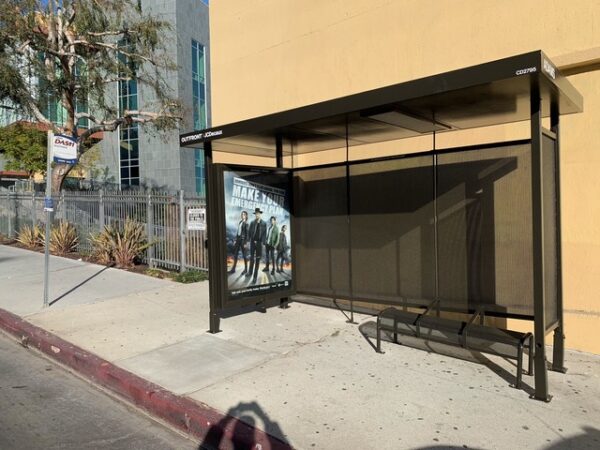
Western Ave & Adams Blvd Bus Shelter
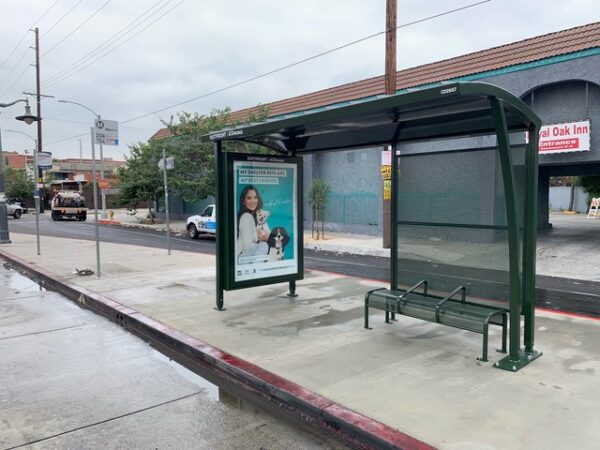
Vermont Ave & Florence Ave Bus Shelter
Bus Shelter Blitz is a funded collaborative effort among Climate Resolve, Investing in Place, Pacoima Beautiful and SLATE-Z and to work with community members to install bus shelters in community identified locations. Our goal was to expedite the current arduous bus shelter approval process, while furthering partnerships between the City and informed constituents that result in new and needed public infrastructure. It took about a year since community led surveys by SLATE-Z to see 2 of the 10 identified bus shelters be installed. For more information, read our blog post on the effort.
This model of Bus Shelter Blitz was designed with Investing in Place coordinating between City Hall elected offices, City department staff, private infrastructure contractors, and community-based organizations for a comprehensive process of siting and installing much-needed amenities and repairs for people walking, rolling and waiting for transit. It is clear it shouldn’t be this hard to get a bus shelter that community voices want.
We thank the leadership at Council District 6, Council District 8, StreetsLA and Outfront/JCDecaux for elevating the issues on the need to reform the process of siting and installing much-needed amenities and repairs for people walking, rolling and waiting for transit. With the proposal this week to the City for a new contract for bus shelters and more, we continue to advocate for a program that makes it easier to install bus stops, public toilets, and amenities that the community wants. The city needs a program that goes beyond this contract to provide safety, shade and dignity in our public space for all, especially those riding the bus.
The current contract that expires this year, only provided 663 bus shelters in 19 years, falling way short of 1,285 new bus shelters and 900 replacement bus shelters promised in the first 10 years of the contract. One of the well documented reasons why it was so difficult to obtain bus shelters was because of the 16 step approval process to install every single bus shelter. In October 2020, Investing in Place, ACT-LA, Los Angeles Walks, People for Mobility Justice, and Natural Resources Defense Council wrote a letter to the Public Works Committee asking:
-
- Street furniture contracts must prioritize the Angelenos who have to live with the outcomes of the City’s decisions. For two decades, transit riders in Los Angeles have suffered from a street furniture contract that overpromised and underdelivered. As the city prepares to enter into a new multi-year contract, it is imperative that the needs of people walking and riding the bus be considered paramount in the design, placement, and maintenance of street furniture assets.
- Decouple provision of new bus shelters and public toilets from expectations of revenue generation. The last 20 years have shown that street furniture is not an effective revenue stream: Los Angeles received less than $4 million per year on average from this program over the life of the contract. But treating street furniture as a revenue generator can hinder or fully derail efforts to make the City’s public right-of-ways better, safer, and more inviting spaces.
- Prioritize placing bus shelters and other street furniture along Metro’s Tier 1 and Tier 2 routes in the NextGen network. Bus shelters are an integral part of the transit network. The City should not be asking its street furniture to reinvent the wheel when they can instead focus on the plan which Metro is currently implementing to bring a frequent all-day bus network to the City’s busiest transit corridors. The City should direct its contractor to begin by installing new shelters along these routes in order to facilitate the development of a world-class transit network on city streets.
- Return any revenue from commercialization of the public right-of-way to communities in need. The revenues from the previous street furniture contract were split between the General Fund – where they were a drop in the ocean – and independent accounts maintained by Council District Offices. The City should instead utilize existing definitions of High Need Communities in programs such as Vision Zero and Safe Routes to School to provide funding back into communities impacted by unsafe public spaces. These monies should benefit our communities and help to make them more accessible than they have been in the past.
- Set minimums, not maximums, for bus shelter installation. Los Angeles needs bus shelters badly. As the City continues to warm due to climate change, the waiting environments on our streets have already become dangerous. In contrast to the last contract, this time the City should look to get as many new bus shelters installed as possible, even above the coverage of 75% of riders that StreetsLA has targeted. To accomplish this language should be tailored to set minimum benchmark progress with defined penalties for failing to meet the marks. Incentives should be provided using City dollars earmarked for transportation purposes for the contractor to exceed these minimums in every benchmark period.
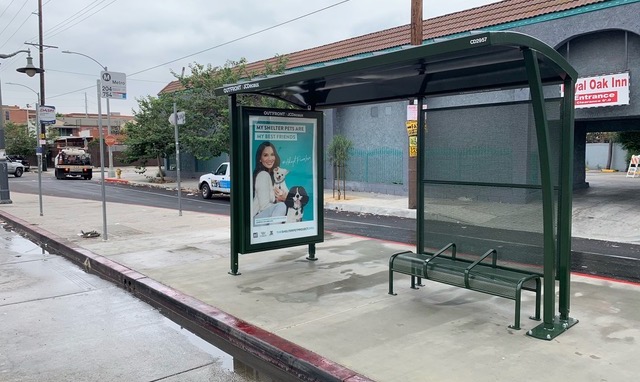

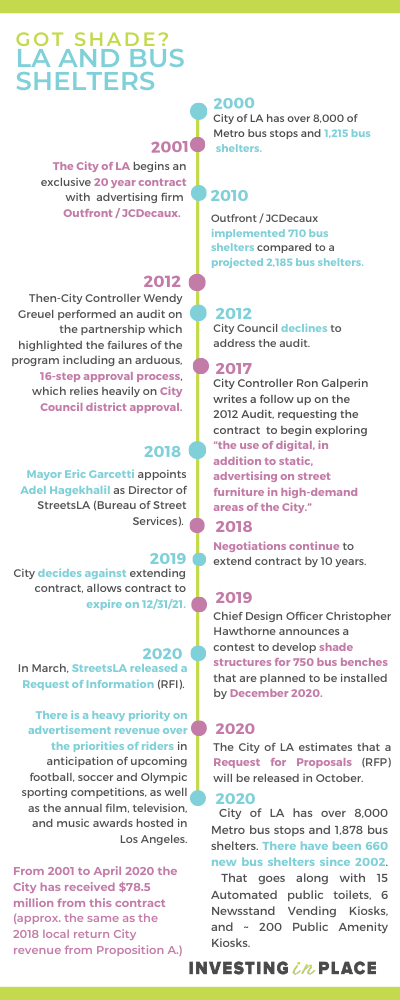
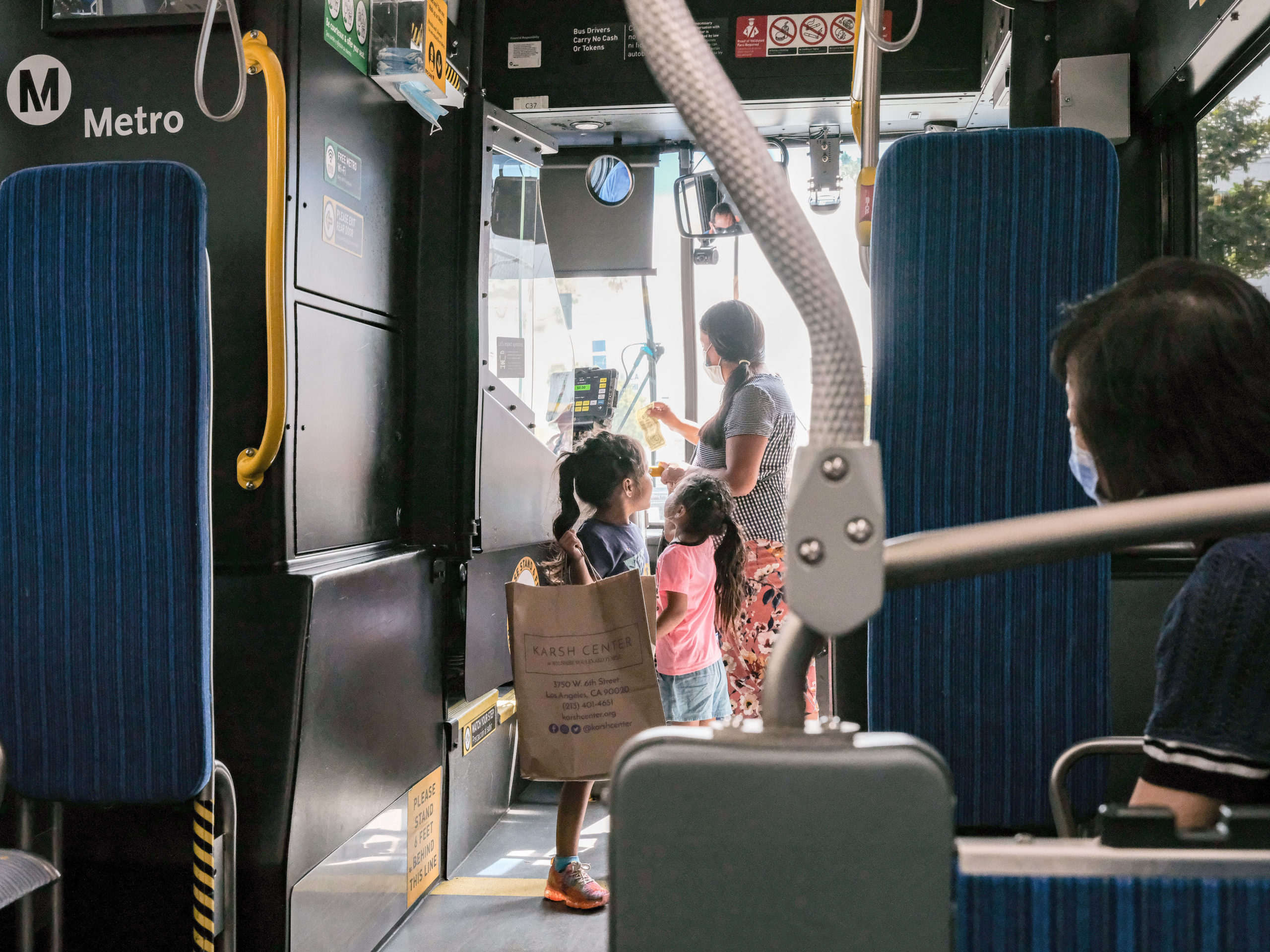



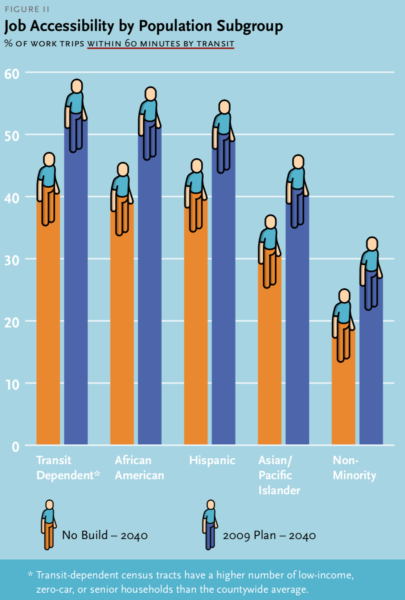

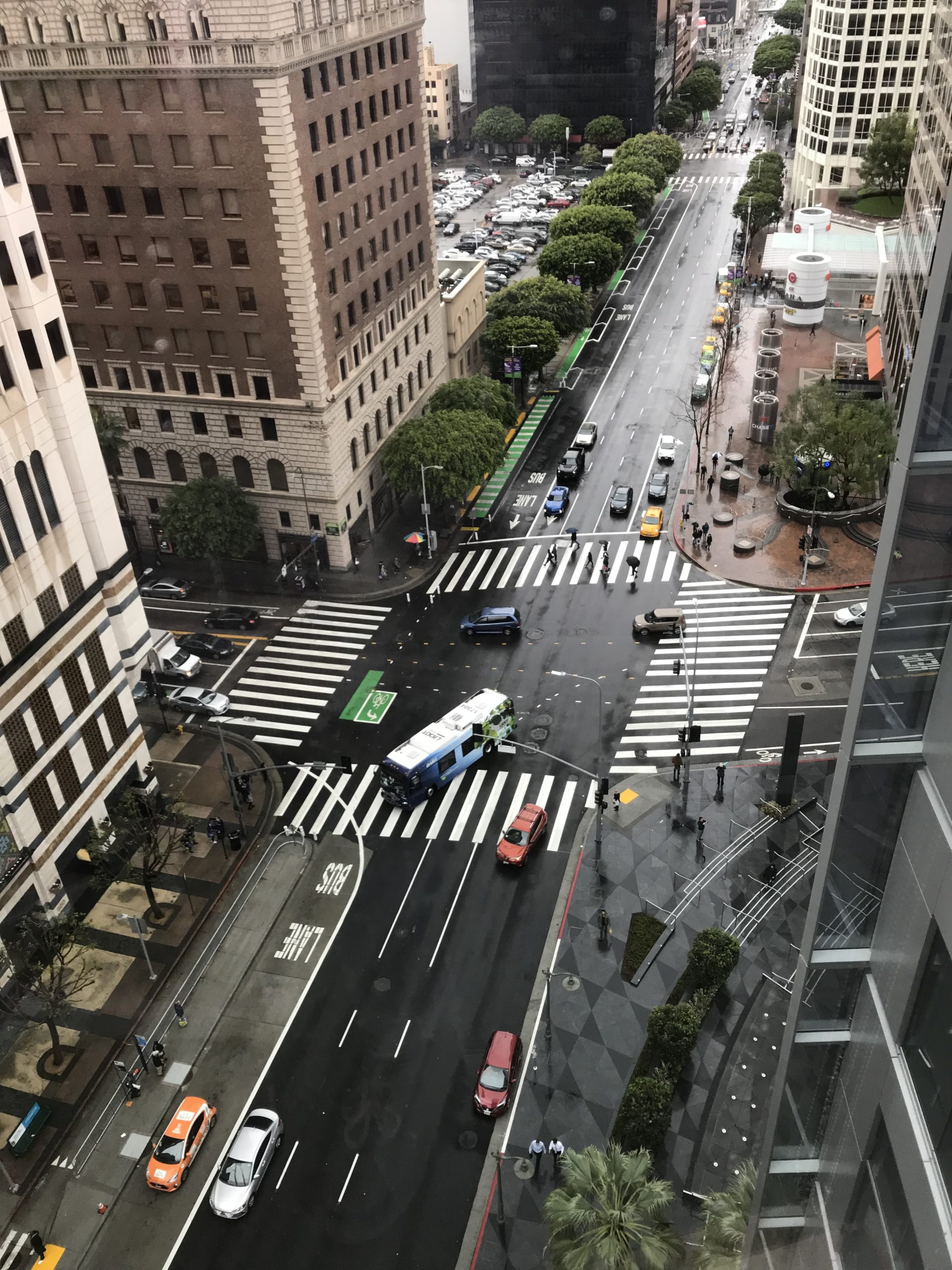
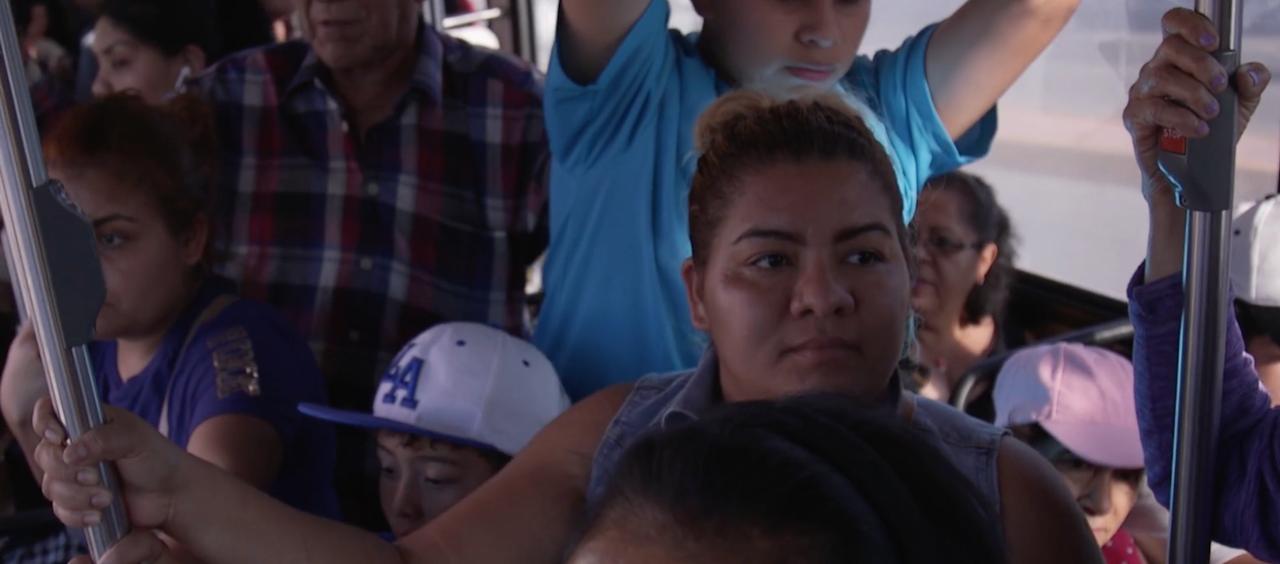
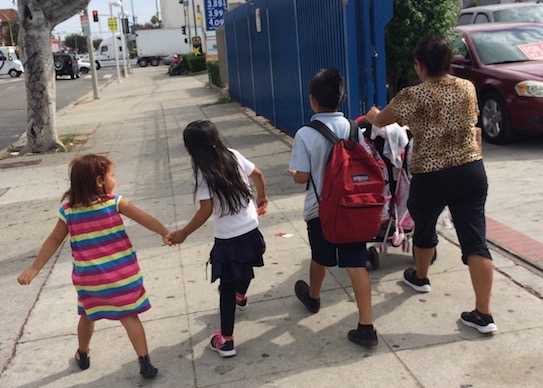
 Some estimates put the amount of damaged sidewalks in the City of Los Angeles at 4,600 miles. Given that sidewalks are the most fundamental piece of our transportation system that impacts all travel modes, how did we get to this point?
Some estimates put the amount of damaged sidewalks in the City of Los Angeles at 4,600 miles. Given that sidewalks are the most fundamental piece of our transportation system that impacts all travel modes, how did we get to this point?
